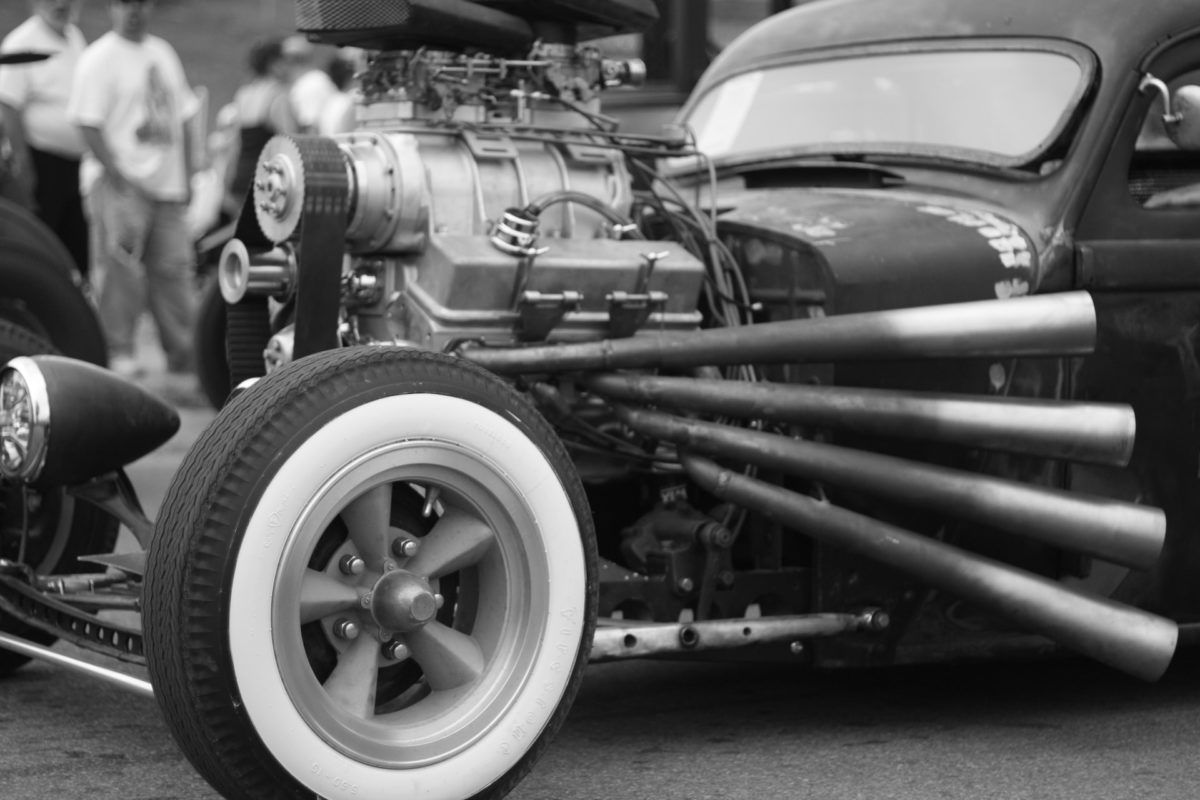This post may contain affiliate links which means I may receive a commission for purchases made through links.
Ratrod enthusiasts are known for their love of customizing their vehicles to create something unique and personal. One popular customization is preparing for ratrod engine swaps, which involves replacing the original engine with a different one to improve performance, power, or simply for a new and exciting driving experience. However, engine swaps can be challenging and require careful planning and execution. In this article, we’ll share some tips and tricks for a successful engine transplant in your ratrod.
Choose The Right Engine
Before starting any engine swap, you need to choose the right engine for your ratrod. Consider the power and torque output, the physical dimensions of the engine, and compatibility with your existing transmission, drivetrain, and other components. You can also consult with experts, mechanics, or other ratrod enthusiasts to get recommendations and advice.
Plan And Prepare
Once you’ve selected your new engine, it’s essential to plan and prepare for the swap. Create a checklist of all the necessary steps, tools, and parts required for the installation. This will help you avoid missing any critical steps or components and ensure a smoother and more successful transplant.
Get The Right Tools
You’ll need a variety of tools to complete an engine swap, including wrenches, sockets, pliers, torque wrenches, and more. Make sure you have all the necessary tools and equipment before starting the process. You may also need specialized tools for specific tasks, such as an engine hoist or stand.
Check For Compatibility
Before installing the new engine, make sure it’s compatible with your ratrod’s existing components. Check for compatibility with the transmission, exhaust system, cooling system, and electrical components. You may need to make modifications or upgrades to these systems to ensure compatibility.
Remove The Old Engine
Once you’ve prepared and checked compatibility, it’s time to remove the old engine. This can be a challenging and time-consuming task, so be patient and careful. Follow the manufacturer’s instructions or consult with an expert if you’re unsure about any steps.
Install The New Engine
Once you’ve removed the old engine, it’s time to install the new one. Follow the manufacturer’s instructions carefully and ensure all components are properly aligned, tightened, and connected. You may also need to make modifications or upgrades to other components, such as the engine mounts, to fit the new engine.
Test And Adjust
Once you’ve installed the new engine, it’s time to test and adjust it. Start the engine and check for any unusual sounds, leaks, or vibrations. Adjust the engine’s timing, carburetor, and other settings as needed. Test drive the ratrod to ensure it’s running smoothly and safely.
In Conclusion
Ratrod engine swaps can be a rewarding and exciting customization for your ratrod, but they require careful planning and execution. Follow these tips and tricks for a successful transplant, and enjoy your new and improved ride! Check out this article if you are looking for a way to build your ratrod on a shoestring budget.
